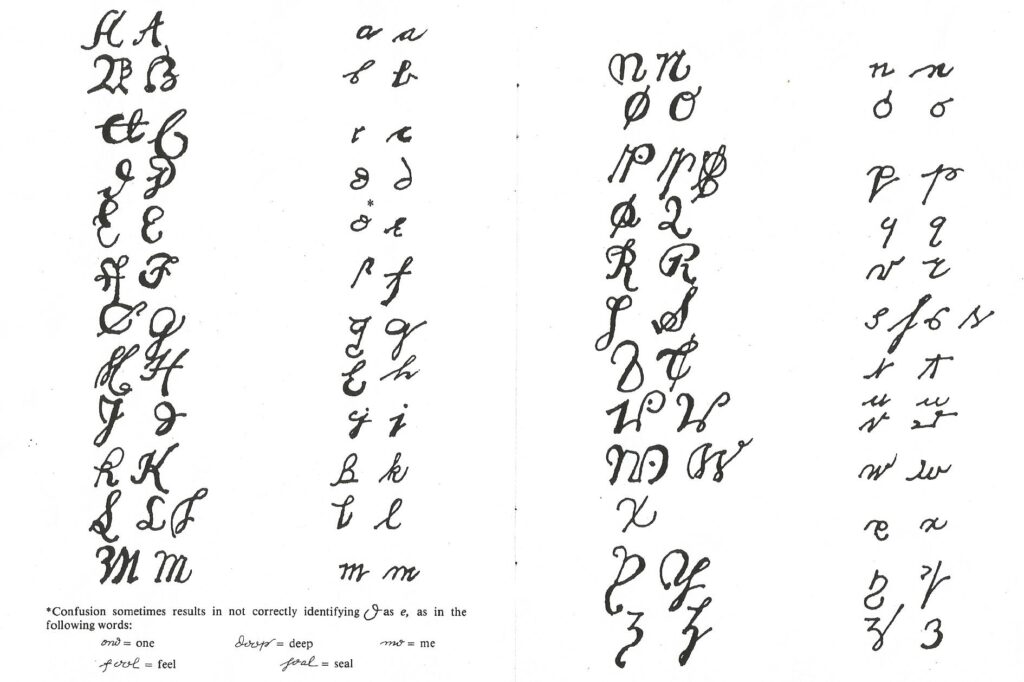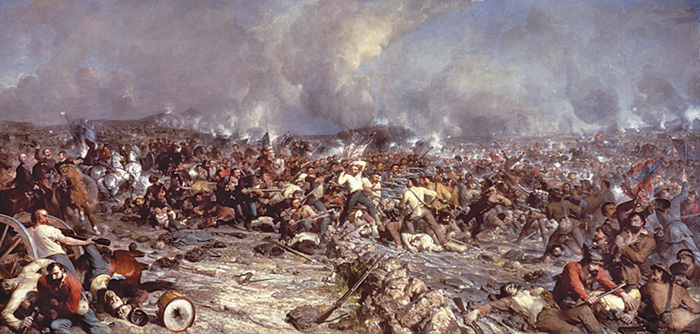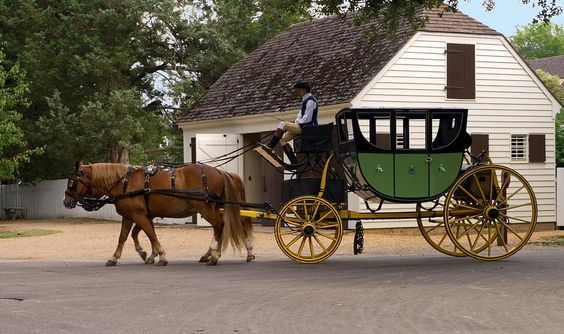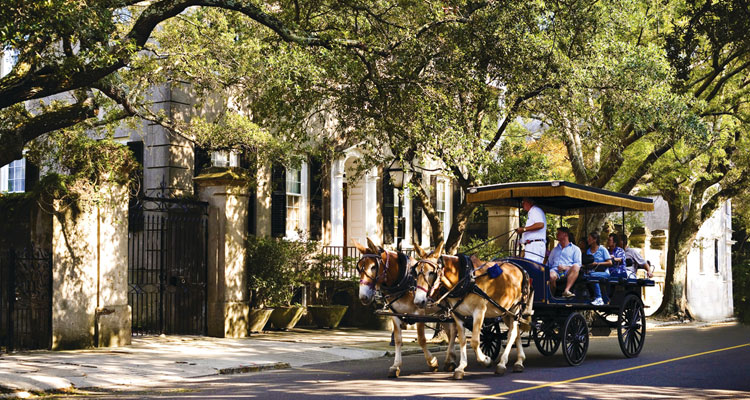Douglas County Genealogy, Wills, Estates, Marriages, Paupers
Online Images of Will Books B & C 1870-1916
Online Images of Wills and Letters of Guardianship 1871-1885
Indexes
- County Wills 1870-1916, Bk B & C
- Letters of Administration and Guardianship 1871-1885
- Index to Douglas County County Letters of Administration and Guardianship 1871-1885
- Index to Douglas County Letters of Administration and Guardianship 1882-1934
- Index to Wills, Bk A, 1870-1932
- Index to Annual Returns, Bk A, 1871-1897
- Index to Annual Returns, Bk B, 1886-1899
- Index to Inventories and Appraisements, Book A, 1871-1887
- Index to Inventories and Appraisements, Book B, 1886-1933
- Paupers (1871-1890)
Marriages
- 1871-1893 (images)
- 1885-1886 (from newspapers)
Skint Chestnut
Douglasville first owned the name of ” Skint Chestnut” being named after a large chestnut tree used as an Indian marker. The Creeks and Cherokees occupied this territory and ceremonial mounds are located throughout Douglas County including artifacts, pottery, tools, and weapons. As white settlers traversed across the county, the government drew a boundary line about one mile east of Douglasville, between the Indian tribes on the north (Cherokees) and south (Creeks). During the 1830s the Indians were forced to cede all their lands east of the Mississippi River to the federal government.
Oldest Faded Documents are Now Readable over the Internet
This website provides a list of all available data to members before they join. Click on “databases” But it gets better if you click on “counties” there is a complete list of all of the names of testators (of wills and estates). Although there are some book indexes of wills and estates, they are not always complete.
While digitizing wills for the States of Alabama, Georgia, Kentucky, North Carolina, South Carolina, and Virginia, I discovered items not indexed. The reason is probably because of old colonial-style writing, faded ink, torn pages, and wear and tear over the ages. By the time the courthouse books were microfilmed during the 1950s, they were already in a state of decay. However, with the improved technology of today for imaging, microfilming, and Internet visibility, there is a better chance of actually reading some of the faded pages. With a little bit of study, one can usually interpret the worst documents.
The old colonial handwriting is best interpreted by a print-out of the document. Then a close study using a colonial handwriting guide. First, resolve what the surname looks like in colonial handwriting. Then, other standard languages. The beginning of Old Wills begins with ” In the Name of God, Amen” With that information, one can work out the letters. Eventually, one understands the characters and solves the puzzle. Do you hear what I am saying? Some of the oldest, most tattered records can be read today with reasonable effort.
Images of old wills, estates, marriages, and other courthouse records on this website include the following States: Alabama, Georgia, Kentucky, North Carolina, South Carolina, Tennessee, and Virginia. Note: Although you do not have to join to see the names of testators in each county, Members have access to all genealogy databases for those States.

Where to Find the Forgotten Heroes in Your Family
From grammar school on, we learn of famous characters who fought wars, framed our Constitution, and so on. During the Civil War, there were many brave soldiers who fought some pretty tough battles. Take Confederate General Pickens, whose troops charged a Gettysburg hill only to be cut down in cold blood. The charge was ordered by Confederate General Robert E. Lee against the Union position of Major General. George G. Meade is situated on Cemetery Ridge. It was July 3, 1863, on the last day of the Battle of Gettysburg during the American Civil War. Lt. General James Longstreet predicted its doom. The farthest point reached by the attack has been referred to as the high-water mark of the Confederacy. The decision to cross that field was a tactical error; the field which they crossed was full of potholes and there was no visual except for the Yankee troops who saw them coming! The genealogist can find his ancestors among the confederates in the pension records, who, if he lived until 1903, began receiving a tiny pension. After the war, wounded Confederate soldiers resided in virtual poverty.

Horse Drawn Carriages and Buggys



